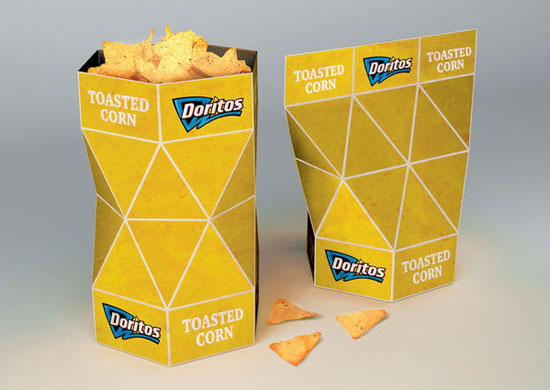If you’ve ever been a card collector in any
capacity, whether it’s with sports cards, Pokemon cards, or more advanced
strategy card games, you’ll understand that a collection can get out of hand
really quickly without a plan in mind for organizing everything. The number one
thing you can do right when you start collecting is to organize right away. If
you don’t, you’ll have an extremely tough time finding what you need or knowing
where to put new cards.

Use
thin cardboard boxes.
Sometimes your card game will come with these
little cardboard boxes in order to keep them stacked up nice and neat with the
perfect amount of space on all sides. Unfortunately, if you don’t have some,
you’ll have to either stack your cards in a way so that they fill all side in a
box and don’t slide around when loose or you’ll simply have to buy decided
boxes.

Decide
on an organization method.
This is an extra step and isn’t technically a
necessity, but when you have an organization method to your madness, well,
things are much easier to locate. Just as well, when you gain new cards, you’ll
know exactly where to put them to keep up with your organized collection. If
you had never organized them with a specific method in mind at first, though,
you’ll have a heck of a time finding what you need or where you want to put new
cards.
Dividers
are a must.
This is a follow up to the previous item, but
you definitely want to invest in (or just make) dividers for your cards. Once
you have an organization method decided on, it’s important to have dividers in
order to enforce that style of organizing. If you don’t have official dividers,
you can always take a sheet of cardboard (usually from a broken down box) and
cut out the exact piece you need to use as a divider.

Store
in a cool, dry place away from light.
You always hear about this when it comes to
electronics and books. Well, it’s no different for your card collection. Just
like books, cards are made of paper and want nothing to do with humidity,
dampness, being exposed to light for too long, or heat. Since so many
collectible cards are worth quite a bit of money (or can be, not all are), it’s
worth protecting them and storing them correctly. You don’t want to think you
have everything stored away for good for a few years only to come back to some
warped cards or text on them.

